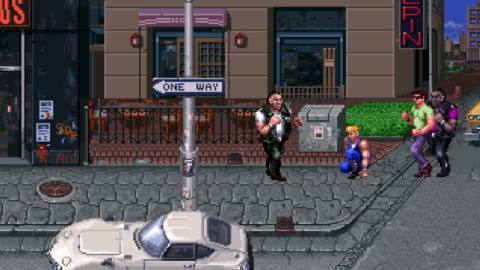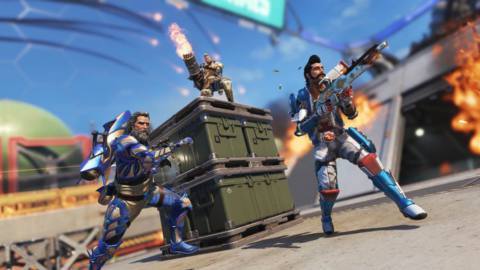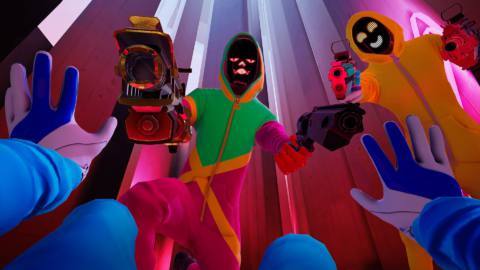
It only lasted for a little while, but Insomniac Games gifted us a fascinating insight into the inner workings of Marvel’s Spider-Man 2. The studio inadvertently released developer tools in version 1.002 of Spider-Man 2, enabling debug options and level selections that offered us a peek under the hood of one of the most technically advanced open worlds in any video game. A hotfix patch was quickly deployed that blocked off access to the menu, but we managed to take a good look at the tools. We wanted to see what kind of goodies it contained, what kind of performance metrics Insomniac uses internally and what kind of early and cancelled content was available. We got all of this – and more.
Let’s start out by examining Spider-Man 2’s performance metrics tools, which take the form of a frame-time graph with processor load and real-time resolution information, and also a frame-time histogram. By using these tools, users can access information about how the game is being rendered in real-time, without needing to guess or approximate based on the onscreen results, or indeed require the use of our own performance analysis tools. The most interesting readout here is the resolution figures. Spider-Man 2 uses a dynamic resolution system, with Insomniac’s temporal injection technique upscaling the game to its target output pixel cont. That’s nothing new, but some of the figures here are a little curious.
The fidelity mode at 60Hz output, for instance, seems to have a resolution range of 1296p to 2016p during gameplay, with the game shifting between a handful of resolutions contingent on load. That lower bounds is relatively rare, and the game usually sits at or around 1872p in my testing. Even when you aim the camera right at the sky though (with practically no geometry – a good trick for minimising GPU load), a full 4K is out of reach. Interestingly, these resolutions are lower than the resolution ranges we reported at launch, so it’s possible there have been some post-release tweaks in subsequent patches – and all of the modes have actually seen some resolution tweaks.






